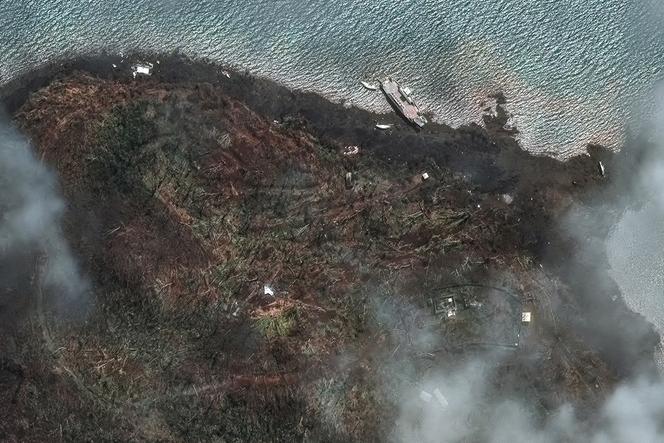


Uprooted trees, gutted houses, piled-up boats, heaps of sheet metal and garbage. In just a few hours, Cyclone Chido left a devastated landscape in Mayotte. Authorities fear "several hundred" dead, perhaps "a few thousand" in France's poorest département. Around a third of the population lives in makeshift housing, which has been totally destroyed.
With wind gusts of over 220 km/h, Chido is considered an intense tropical cyclone, the penultimate level of strength in the Indian Ocean before the very intense cyclones. In any case, it is the most powerful cyclone to hit Mayotte in the last 90 years. It surpasses Kamisy, in 1984, which until then had been the region's benchmark.
But even more than its intensity, its trajectory is exceptional. "Chido followed an extremely rare configuration," said Sébastien Langlade, head of cyclone forecasting at the regional meteorological center specializing in cyclones on Reunion Island. In 95% of cases, tropical cyclones crossing the Indian Ocean from east to west hit Madagascar and then break up, reaching the Mozambique Channel in a weakened state Mayotte is located to the north of this. "This time, Madagascar did not act as a barrier: the system adopted a west-north-west trajectory, which enabled it to avoid the northern tip of Madagascar by 70 kilometers and arrive at full strength on Mayotte," explained the expert. The probability of the eye of the cyclone hitting such a small territory was extremely low.
You have 74.92% of this article left to read. The rest is for subscribers only.
